Listen and answer the questions

1.What is the woman’s name? 2. Where is she from?
3. What if her favourite food for dinner? 4. What is her favourite drink?
Le site d'anglais du collège Paul Emile Victor deVidauban
Listen and answer the questions

1.What is the woman’s name? 2. Where is she from?
3. What if her favourite food for dinner? 4. What is her favourite drink?
Watch the video and complete your worksheet
Je sais reconnaître une phrase à la voix passive
Je sais mettre un verbe à la voix passive
Je sais transformer des phrases de la vois active à la voix passive
Famous for kilts, bagpipes, haggis and outstanding natural beauty, Scotland is a country that boasts much culture and tradition.
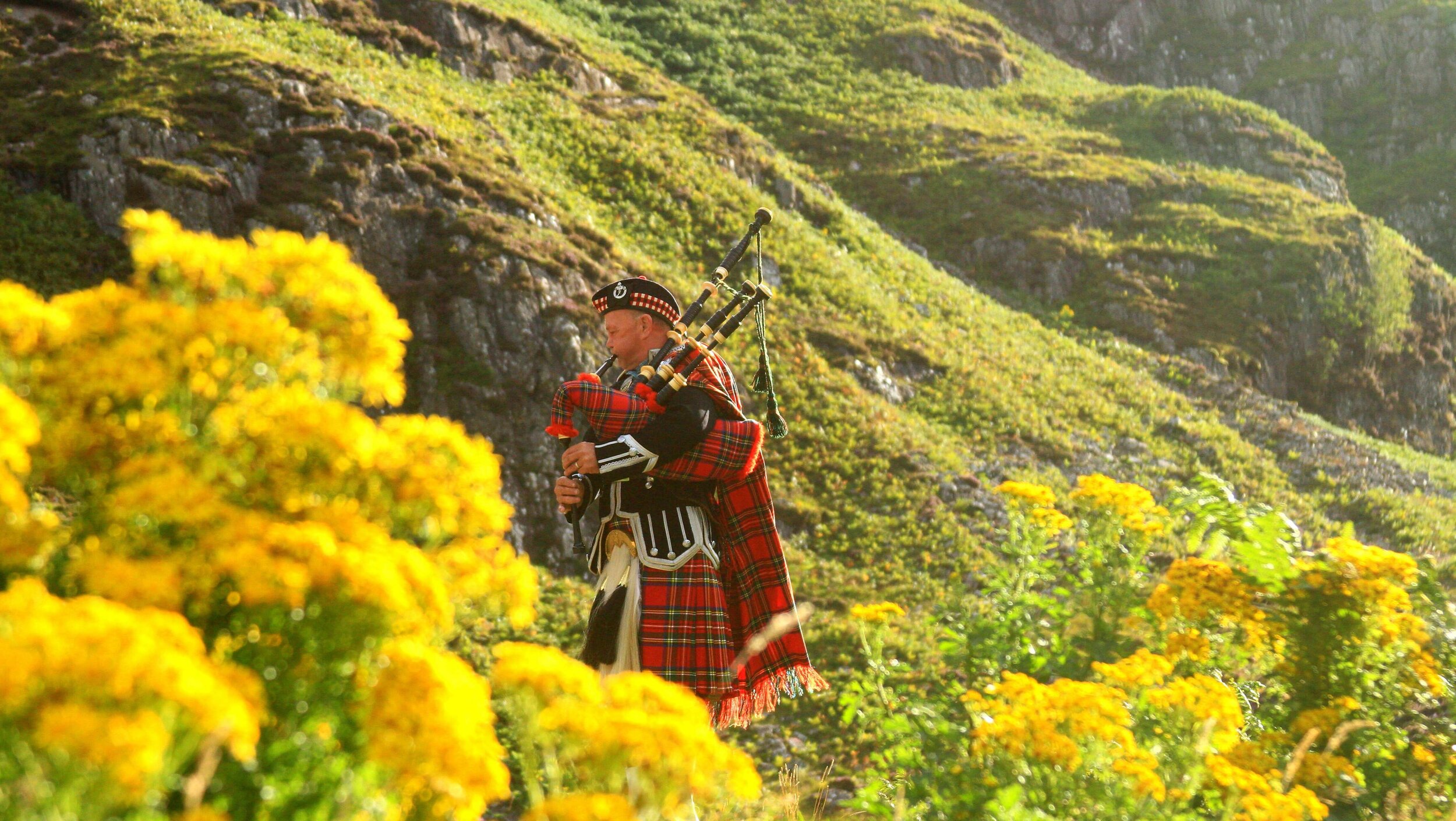
Along with England, Wales and Northern Ireland, Scotland is part of the United Kingdom and is the most northerly country in the UK.
Scotland has an amazing coastline as well as many lakes, mountains and an abundance of islands off its mainland – over 790 to be precise! It is also home to the UK’s highest mountain, Ben Nevis, and a capital city, Edinburgh, which attracts thousands of tourists every year.
1. Scotland is part of the United Kingdom along with England, Wales and Northern Ireland.
2. It is the most northerly country in the UK.
3. Scotland shares a border with England.
4. The region situated at the North of Scotland is called the Highlands. It is a mountainous region.
5. The thistle is Scotland’s national symbol.
6. Scotland’s flag is called the Saint Andrew’s Cross. It has a white cross on a blue background which represents the cross of Scotland’s patron saint, Saint Andrew.
7. The population of Scotland is 5.5 million* (2023 census).
8. There are more than 790 islands in Scotland; the most famous are the Orkney, Shetland and Hebrides islands.
9. Edinburgh is Scotland’s capital city but Glasgow is the largest city. Other major cities include Aberdeen and Dundee.
10. Ben Nevis is Scotland’s highest mountain, standing at a height of 1344 metres (4409 feet). It is also the highest mountain in Great Britain. Every year around 400,000 people visit the mountain and 100,000 of them climb to the top!

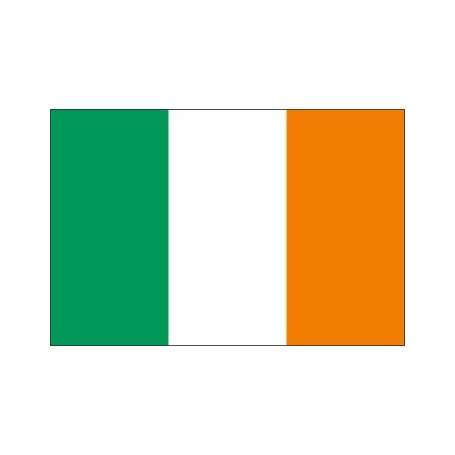
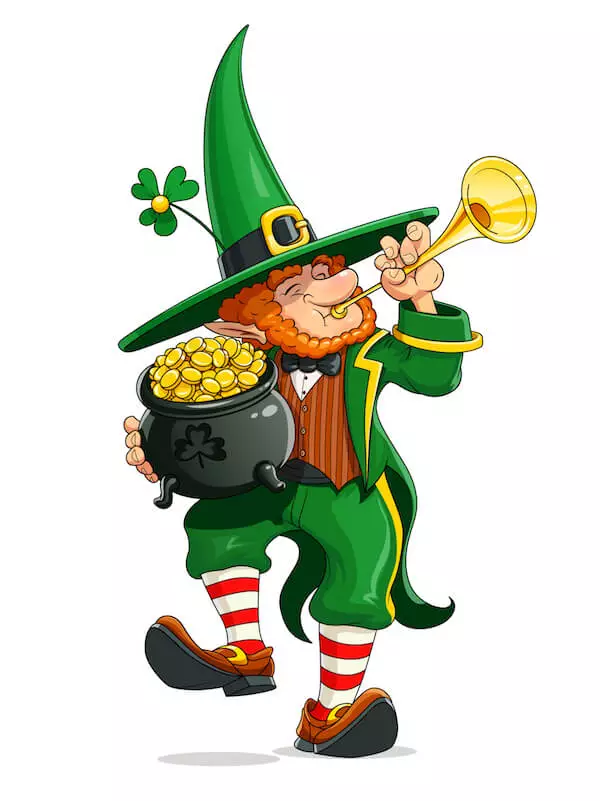
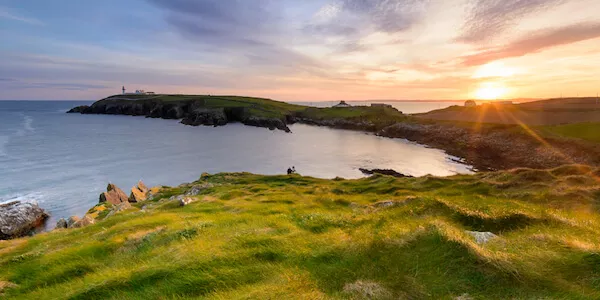
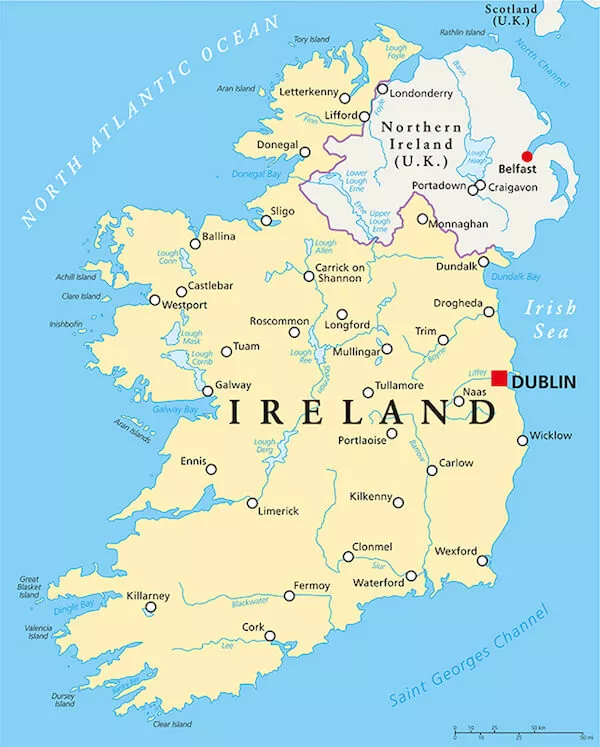 Map of Ireland
Map of Ireland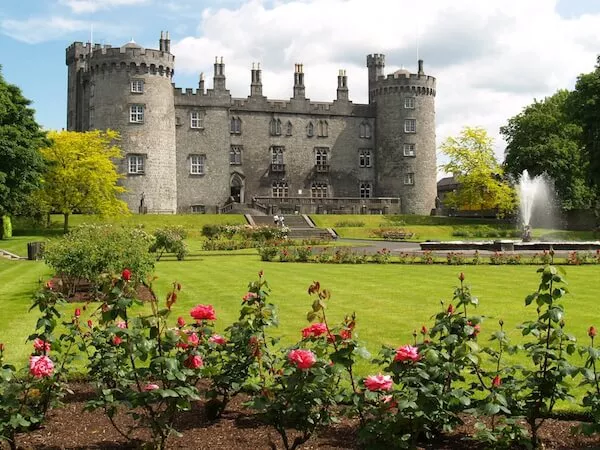 Kilkenny Castle
Kilkenny Castle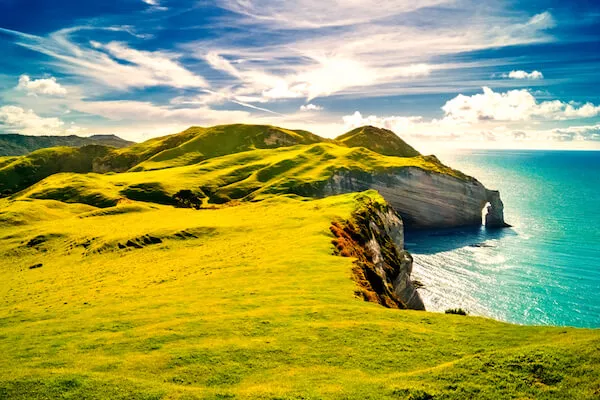
buy windows 11 pro test ediyorum
Go to top